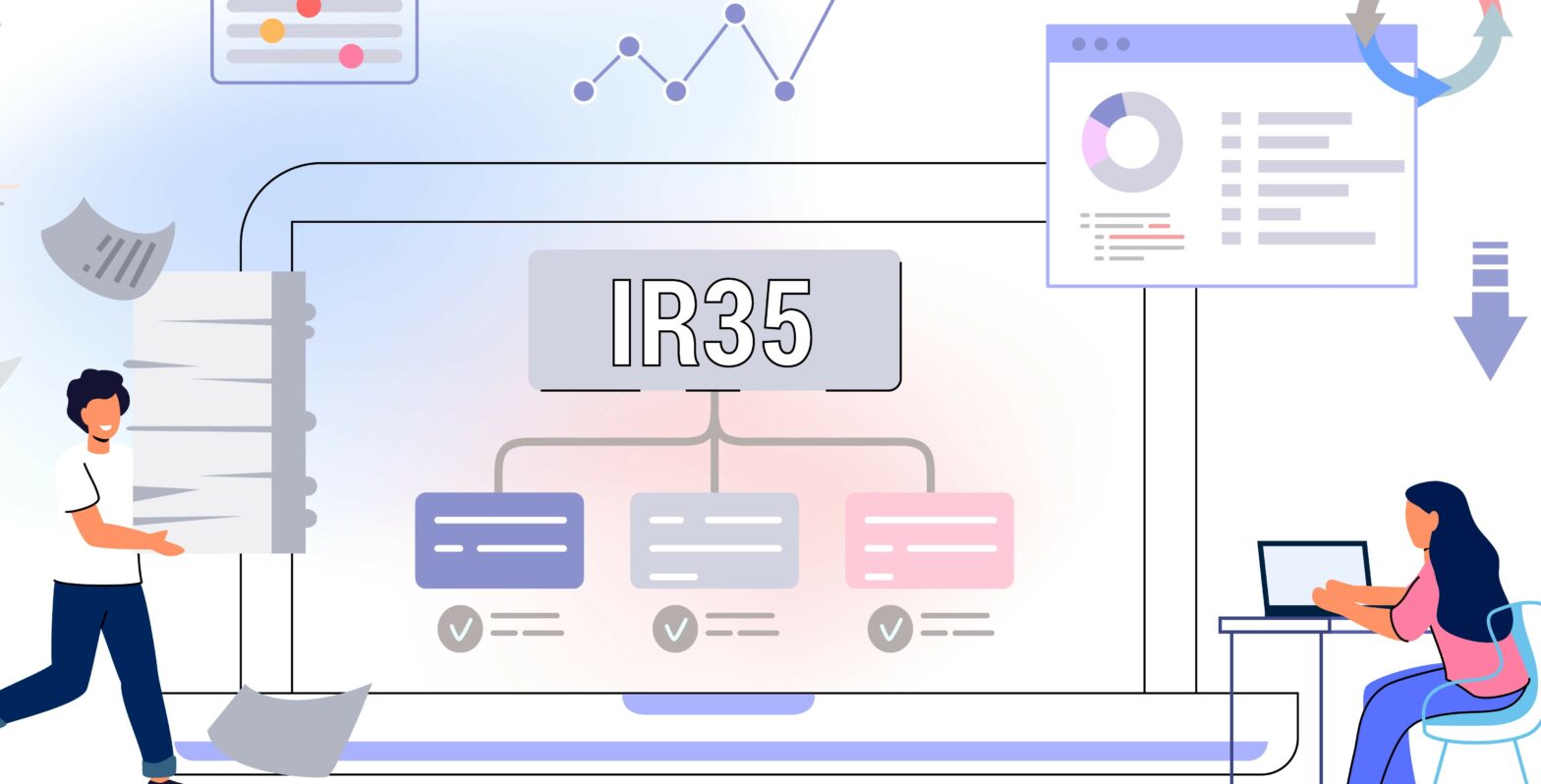It’s easy to be a little sceptical when you hear stories of the future of work because no one really knows for sure how it is all going to pan out. What we do encounter is plenty of noise. Self-appointed futurologists are either dishing doomsday scenarios or painting pictures of Jetson-style worlds where we all live in a state of semi-permanent laziness, kicking back and letting robots do all the heavy lifting. Whichever world will become true, it’s certain that automation will have a big impact but how will humans react? How will we earn money and do our jobs alongside intelligent machines?
What is clear is that there is not going to be a big bang moment. Work is already changing. Over the past few years we have seen a shift in employment patterns and working environments. According to one survey last year, approximately 57 million Americans are freelancing (36% of the U.S. workforce). The US Bureau of Labor Statistics put it closer to 16.5 million. Whichever number is correct, what is certain is that the market is already witnessing changing work patterns.
Much of this change appears to have been driven by attitudes to work/life balance. One survey recently found that 81% of 3,500 employees valued the importance of flexible working. Employees, said the survey, want to be trusted to manage when, where and how they work. Of course, not all industries can make this happen. It depends on the job but what we are seeing is universal shifts in how people want to work and how employers want to deploy staff. If anything, employers like the idea of contract working because it reduces the tax and benefits burden and gives them access to skills as and when they need it.
The emerging field service worker: young, tech-savvy and collaborative
Automation and data analytics have the ability to drive this sort of decision making. Machines can effectively dispatch staffing levels and product and service performance, feeding the corporate profit worm but also meeting the growing requirements for workplace flexibility. Softbank’s proposed investment in WeWork is a good example of the growing confidence in the future shape of office lives, and we are already seeing data analytics and in some instances, automation, suggesting dispatchers change if not yet dictating it.
For example, one AI assistant is being trialled by emergency dispatchers in Copenhagen. It’s an interesting idea, that is looking to optimise resources based on automated screening. The AI, called Corti, listens to calls to emergency services and helps dispatchers form the right questions, suggests next steps, and even proposes possible diagnoses. The software not only detects the words that are spoken, but also the tone of the voice and the caller’s breathing patterns. This is compared with data stored from previously analysed and categorised calls, leading to recommendations for further action. For the moment at least, this is an assistant to a trained dispatcher and can in no way replace the dispatcher. Likewise, in manufacturing, we’re also seeing industry embrace cobotics, robotic assistants that support humans, and in field service scenarios robotic inspection devices are already being used to support maintenance and service calls, such as inspecting pipelines.
How to future-proof tech skills and stay ahead of the curve
These are all interesting uses of the technology and you can see how it can evolve in the future. In the case of field service, this could have a significant impact. Imagine a scenario where a company has a human cloud of gig workers, skilled service technicians available for work. The AI can assess data collected directly from devices via IoT networks and predict problems, align the job with available human skills and despatch the worker automatically. It’s a sort of Uber approach to field service, where clusters or clouds of human skills become increasingly important both in terms of products but also geography.
Likewise, technology advances could also see the ‘uberisation’ of the field service market. Many large customers, particularly on the OEM side, are making use of new labour market models, where they use contingent labour on an ad-hoc basis to service their clients in the field. Some companies executing field service will increasingly use third parties to deliver against that service. Almost like an Uber-type delivery model. Consumers want to have a brand experience with that company in how it’s delivered. They don’t really want to know if their technician is a badged employer or third party – they want it to go just as well regardless of who is sent.
With this in mind, companies could use additional field service technicians ad-hoc on a day to day basis, and the work gets thrown out to be bid on. Technicians could see there are ten jobs in the vicinity, where companies could see who is available to address the workload they’ve got that day.
The pitfalls and benefits of Uberisation
Working towards goals on such a short-term basis makes it almost impossible for an organisation to innovate in the way that Uber has
In reality, the type of work wouldn’t change that much, regardless of technology assisting in the field or acting as a skills aggregator. It’s really about access to jobs and companies making the best use of its available resources to ensure customer service levels are kept to a high standard. We know of course that field service techs are already benefiting from predictive maintenance and a connected approach to spare parts, deliveries and optimised journeys. The gig economy and the capability of AI to manage workflows will enable both work and flexibility. It will also drive change in training. Companies will still demand certifications or a similar sign of competency on their products, and service techs will have to ensure they are up to date on their training. Responsibilities will be shared for mutual benefit with AI facilitating.
While the AI may drive jobs of the future it will not necessarily drive job culture. That could, or perhaps should, already be in place by the time AI is sophisticated enough to manage jobs in their entirety. It may not be called the gig economy then, but it will almost certainly involve increased contract work. And that decision is one that is already being driven by humans.

Written by Mark Homer is Vice President Global Customer Transformation for ServiceMax from GE Digital







